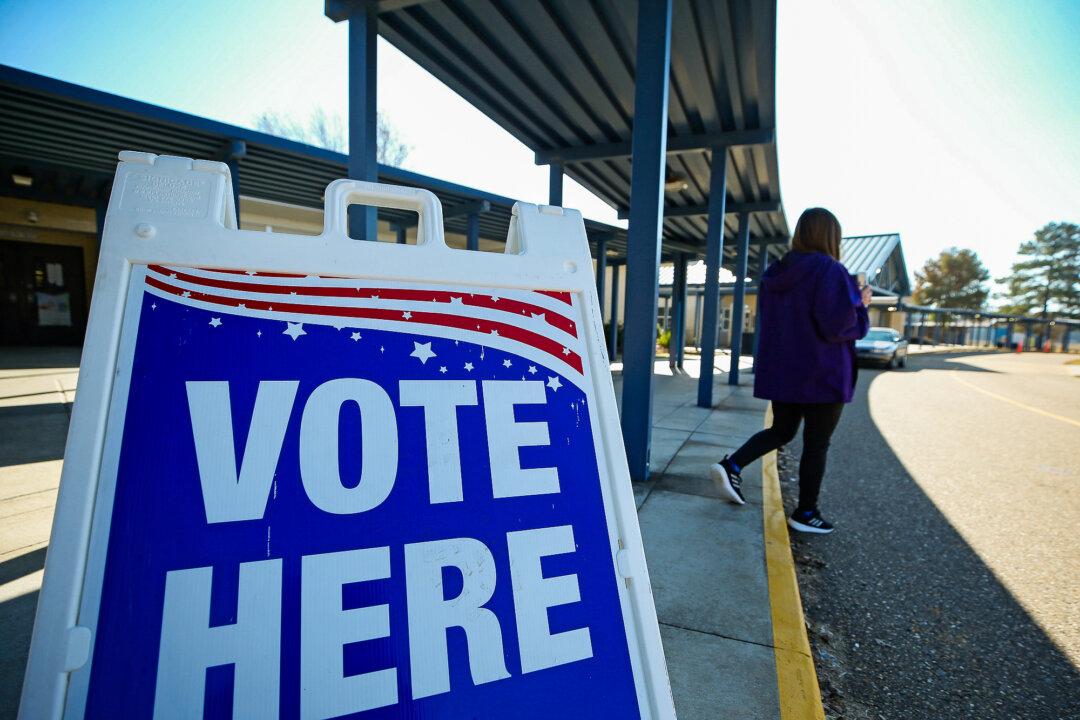A panel of federal judges has thrown out Louisiana’s recently-drawn congressional map that had created a second majority-black district in the state, likely sending the case to the Supreme Court.
They further agreed that race had played a “predominate role” in the redistricting of the congressional districts in the state and that the new district created by the map, known as District 6, is an “impermissible racial gerrymander.”
“The predominate role of race in the State’s decisions is reflected in the statements of legislative decision-makers, the division of cities and parishes along racial lines, the unusual shape of the district, and the evidence that the contours of the district were drawn to absorb sufficient numbers of Black-majority neighborhoods to achieve the goal of a functioning majority-Black district,” the court continued.
Map Barred for Future Elections
“Accordingly, the State is enjoined from using SB8 in any future elections,” they concluded.The judges also set a date of May 6 to discuss the remedial stage of the trial.
The new congressional map was drafted after a three-judge panel of the U.S. Court of Appeals for the Fifth Circuit found that the previous map likely violated Section 2 of the Voting Rights Act because it had one majority-black district out of six, while black residents made up roughly a third of the state’s population.
Democrats and civil rights groups sued over the earlier map, alleging that it diluted the voting power of black residents.
Under the latest version, Louisiana’s 6th District, which is held by Rep. Garret Graves (R-La.), was reshaped to give it a black population of around 56 percent, making it the state’s second majority-black district.
Elsewhere, the state’s 2nd District, which was its only majority-black district for multiple years, retained its majority-black status with a black population of around 53 percent.
‘Explicit, Racial Segregation of Voters’
The new map was subsequently challenged by voters who claimed that the state had engaged in the “explicit, racial segregation of voters and intentional discrimination against voters based on race.”“From start to finish the State’s purpose was clear: segregate voters based entirely on their races and create two majority-African American voting districts and four majority nonAfrican American districts, without regard for any traditional redistricting criteria,” the plaintiffs, who described themselves in the lawsuit as “non-African American voters,” said.
They further alleged the new map violated their 14th and 15th Amendment rights.
Still, not every judge on the panel sided with the plaintiffs.
In a dissent, Circuit Court Judge Carl E. Stewart, an appointee of former President Bill Clinton, wrote that he did not find the plaintiffs in the lawsuit had met their burden of establishing that the new map amounts to an unconstitutional racial gerrymander.
“The totality of the record demonstrates that the Louisiana Legislature weighed various political concerns—including protecting of particular incumbents—alongside race, with no factor predominating over the other,” the judge wrote, adding that the map should have been allowed to stand.
The latest ruling means the case is now likely to end up before the Supreme Court.
“We will of course be seeking Supreme Court review,” Ms. Murrill said.
“The jurisprudence and litigation involving redistricting has made it impossible to not have federal judges drawing maps. It’s not right and they need to fix it.”







